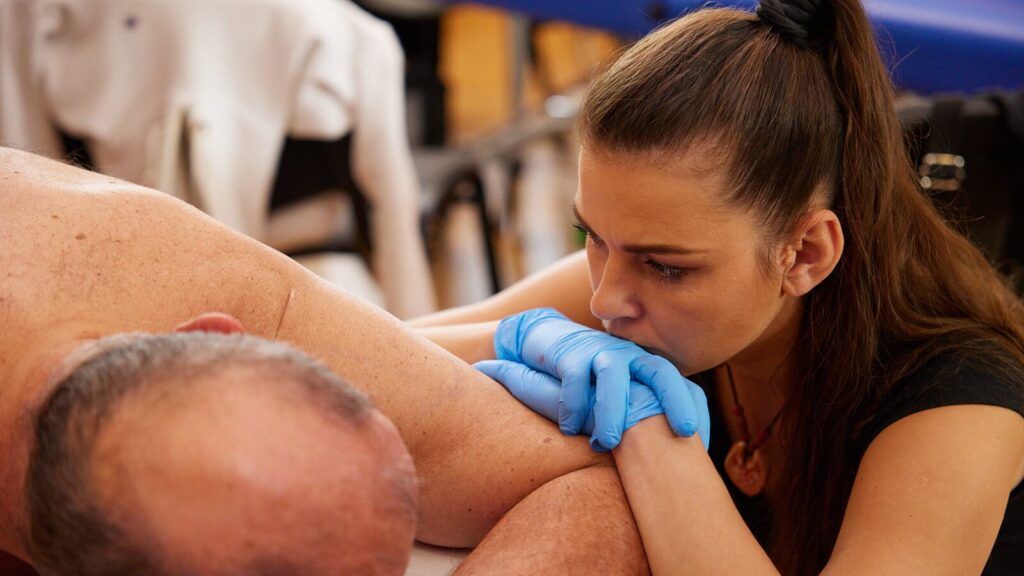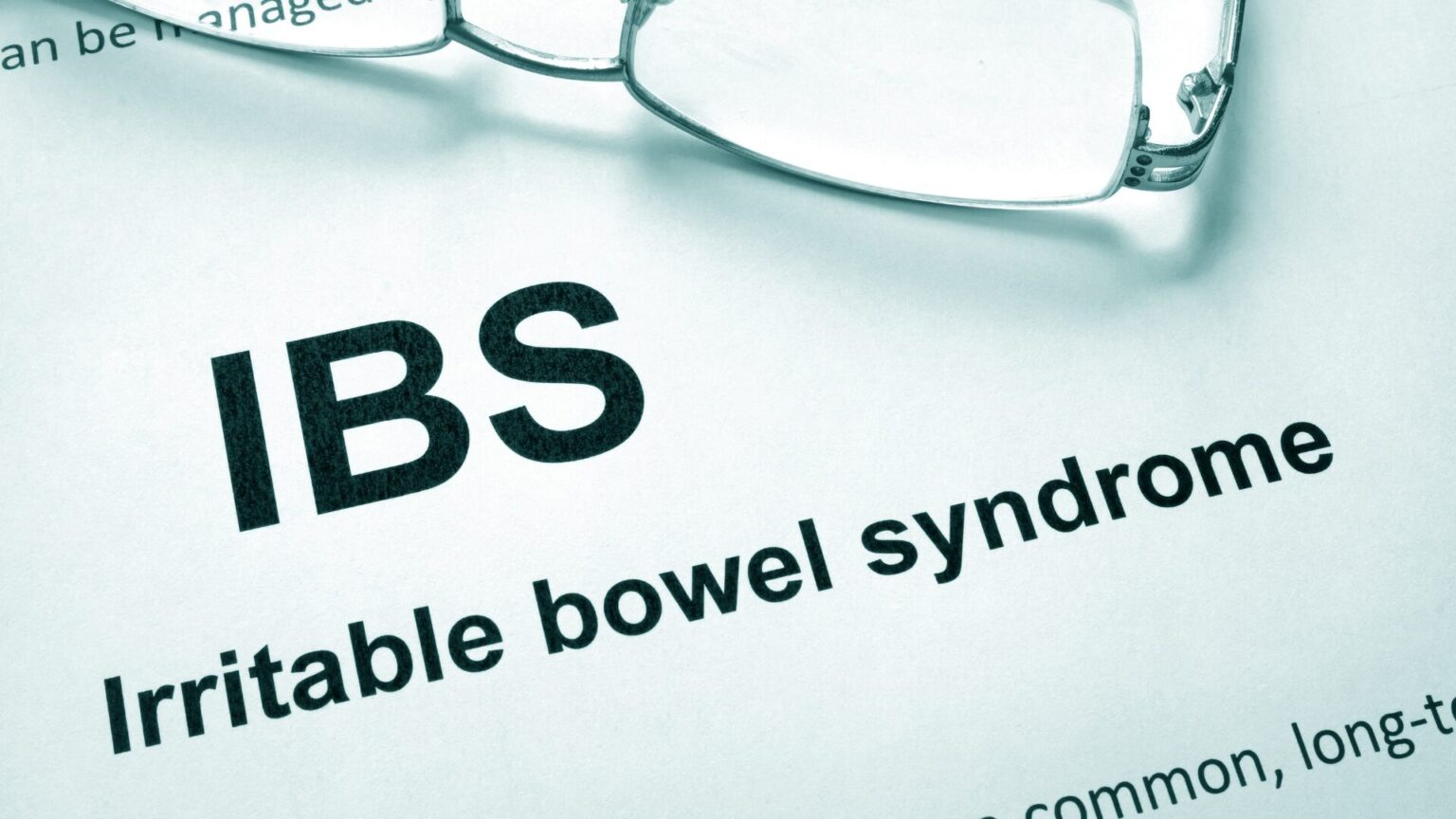The questionIs FRSc Therapy Painful?is frequently asked both by patients and individuals interested in the FRSc conceptMany people suffering from musculoskeletal pain fear that therapy might be painful, which seems paradoxical — “fighting pain with pain” appears counterintuitive and unnatural at first glance.
To explain this topic clearly, let’s first ask a broader question: Does manual (or instrument-assisted) therapy hurt at all?
Does Manual Therapy Hurt?
In manual therapy, there are many therapeutic concepts, each tied to different diagnostic and treatment systems. Some approaches completely rule out the possibility of experiencing pain during therapy. Others inherently involve some pain. And still others vary depending on the patient’s overall health and the diagnosis made by a specialist. FRSc therapy falls into the last category.
It’s important to emphasize: A patient’s reaction to any manual therapy depends heavily on their general health condition and specific body characteristics. Knowledge and proper interpretation of these factors largely determine how the therapy is conducted in terms of intensity and duration.
What Influences Pain During Therapy?
First of all, answering such a question could easily fill an entire hefty book. Thus, the task is not simple. However, it is possible to successfully outline several key factors that can influence pain and that are always carefully considered within FRSc.
1. Biological Stage of the Condition
One of the fundamental questions that should be asked during a subjective medical interview is: "Since when has it hurt?" Our body is a highly complex machine equipped with various defense strategies. The type of biological response to pain and/or tissue damage varies over time. Simply put: the same complaint or injury will have a completely different biological profile a few minutes after the incident versus days, weeks, months, or even years later
In some biological phases of illness, painful therapy is completely normal, and at times, even expected in the therapeutic process. So the first important takeaway is this: If your therapist uses a painful technique, it may be a natural, intentional, and necessary part of the process of restoring function and/or healing. Don't worry — your treatment is likely fully under control
Other biological states (e.g., during an acute inflammatory response) call for more gentle or even entirely painless techniques. This brings us to the second important reminder: If you “feel nothing,” it doesn’t necessarily mean the therapy is ineffective — it may simply be well-suited to your current condition.

2. General Activity of the Autonomic Nervous System
This topic is quite specialized, but let’s gently explore it. The autonomic nervous system is a part of our entire nervous system that functions... well, autonomously. Meaning, regardless of whether we want it to or not, certain neural pathways will behave in their own way.It’s a bit like owning an extremely independent cat while trying to keep it at home. Of course, you can suggest to the cat where it should sleep or how it should behave. But the problem is, that cat will quickly prove that besides your suggested paths, it will create its own trails. And then what? As the classic writer said, "vain regrets, wasted effort." That’s physiology of the autonomic nervous system for you — no magic pill will change that.
Maybe we don’t have full control over how the cat will behave. However, we do have the ability to generally assess its condition through the use of appropriate examination techniques (which, by the way, are not lacking in FRSc). It is often this assessment that will influence the therapist’s decision about how painful the procedure should or may be.A very general rule is that the more stress factors we cannot cope with, the greater the activity of parts of the autonomic nervous system. And it so unfortunately happens that this increased activity (or even hyperactivity) can physiologically lower the so-called "pain threshold." Meaning, the same stimulus for one person may be completely painless, while for another it may cause arguably unpleasant sensations.
As I’ve already mentioned, a qualified FRSc therapist is able to examine and assess these aspects, and based on that, adjust the therapeutic stimuli accordingly.
3. Environmental and genetic predisposition
Whether we like it or not – we, as humans, are very different. Physiologically, we all have a head, torso, and four limbs. And yet... some people throughout their lives perfectly use the contents of their head to discover new laws of quantum physics, while others, with incredible and natural ease, use their four limbs to create increasingly complex dance moves. What shapes us and our predispositions is a mix of external and internal factors. The external ones, i.e. environmental, are simply the influence of the environment we are in on our overall development. The internal ones, in turn, are our genotype, which determines many of our traits. And while the external environment can be changed, the strands of our DNA remain in (almost!) unchanged form from conception to death.
The unique mix of these two factors is simply YOU. And these factors will determine, among other things, how you react to manual stimuli and what your “pain threshold” is. And just as I mentioned earlier — the same treatment can feel drastically different for two different people. If you belong to the “more sensitive” group, there’s a greater chance you’ll consider the therapy performed on you to be not very pleasant. At the other end of the scale are people who feel an unjustified, internal need for the therapy/massage to be performed intensely and even painfully
Various systems for assessing patients — defined based on numerous criteria — deal with describing these types of dependencies in medicine (with particular reference to psychology). In FRSc, such a system is Typology. By gathering information on: a patient’s movement predispositions, daily lifestyle, description of pain complaints, distribution of adipose tissue, reaction to pain, and many, many other aspects, we are able to predict which manual stimuli are appropriate for a given person, which ones should be pleasant, and which — quite the opposite.
Is FRSc therapy painful?
We return to the title question! Does it hurt or not? From the very beginning, the answer could be strictly academic and sound: "it depends." Because in fact — it does depend!I’ve briefly outlined only 3 categories, whose individual characteristics can determine how the performed therapy is perceived.
So please remember this one thing: in certain situations FRSc therapy may be painful, while in others – it may not be at all. This is always determined by a mix of many factors, which an FRSc therapist is able to appropriately assess and evaluate.If, however, the intensity of the therapy does not suit you and you feel uncomfortable – inform your therapist immediately. Communication is generally a key skill – probably useful in all areas of life.

Krzysztof Skibiński
Physiotherapist, conducting training in Pinotherapy and Manual Medicine according to FRSc. Apart from leading courses alongside the FRSc founder, he is also involved in coordinating research and scientific projects within the EBM stream. Read more...





